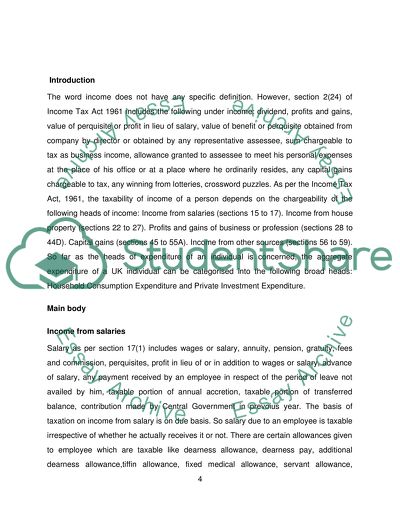Cite this document
(“Different levels of income and expenditure Essay”, n.d.)
Retrieved from https://studentshare.org/finance-accounting/1468944-different-levels-of-income-and-expenditure
Retrieved from https://studentshare.org/finance-accounting/1468944-different-levels-of-income-and-expenditure
(Different Levels of Income and Expenditure Essay)
https://studentshare.org/finance-accounting/1468944-different-levels-of-income-and-expenditure.
https://studentshare.org/finance-accounting/1468944-different-levels-of-income-and-expenditure.
“Different Levels of Income and Expenditure Essay”, n.d. https://studentshare.org/finance-accounting/1468944-different-levels-of-income-and-expenditure.


